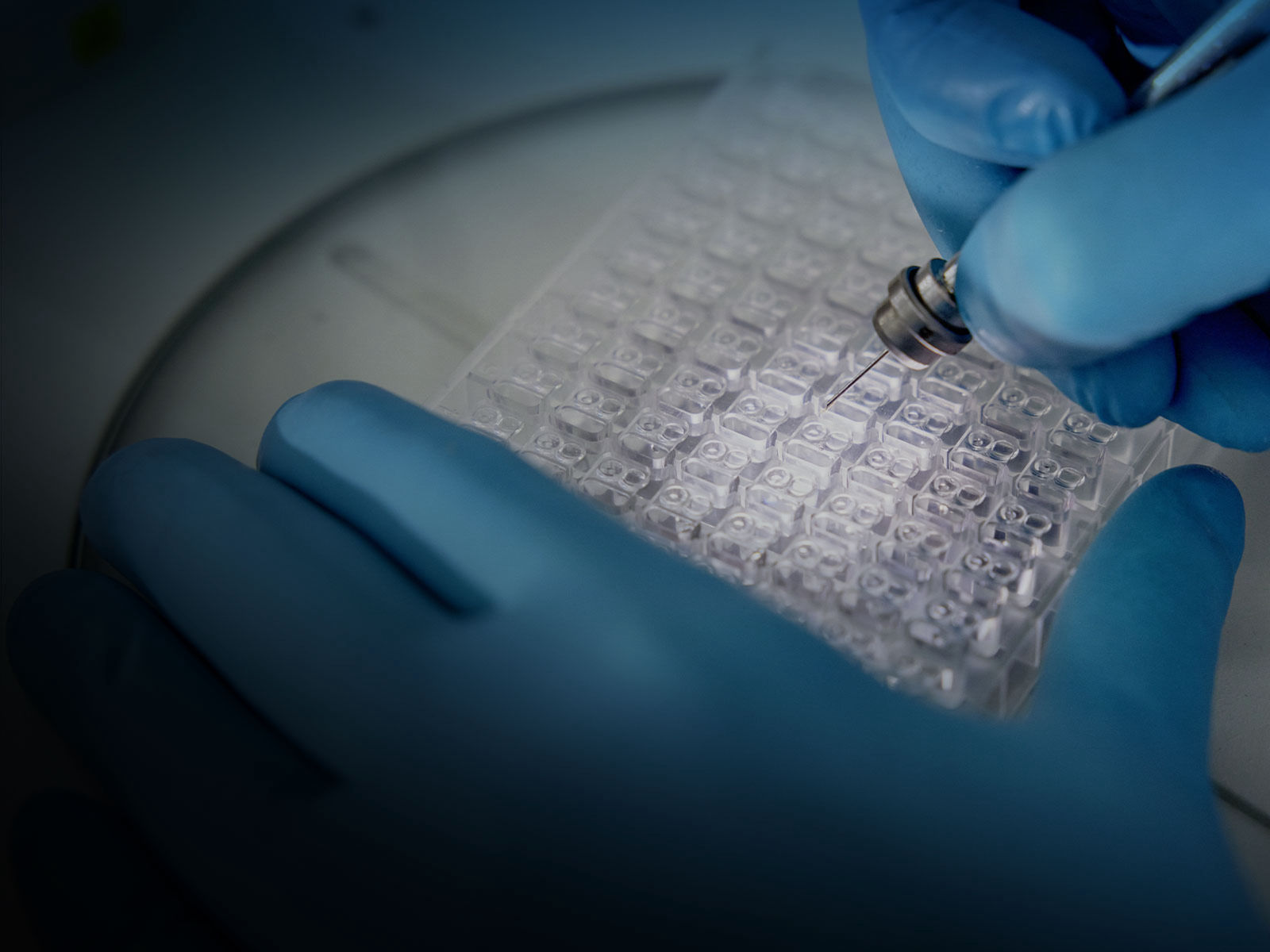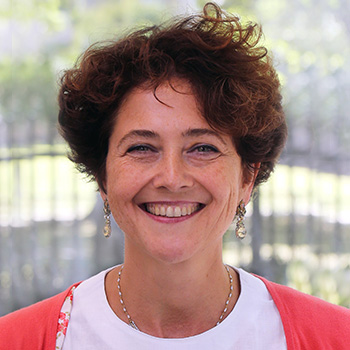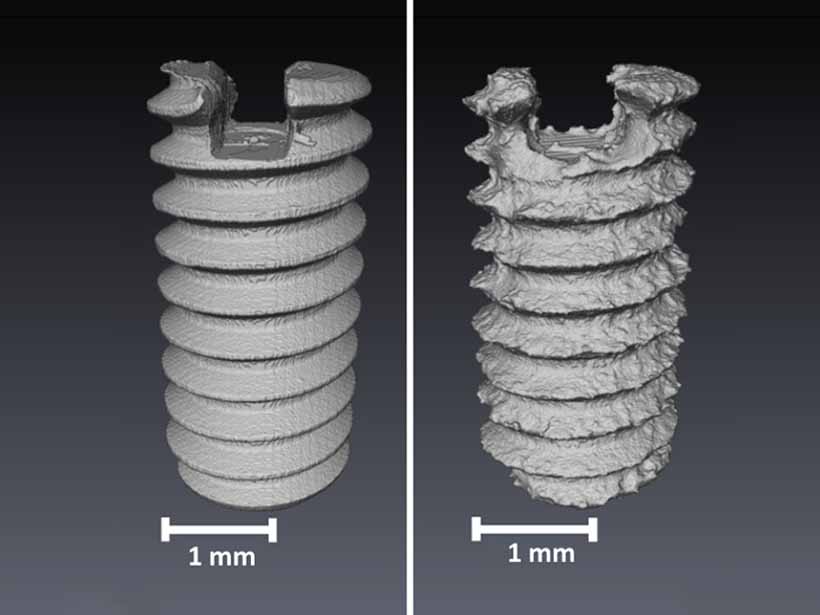
Healthcare
By providing unique insights into molecules, cells and tissues, PETRA IV will open up completely new paths and possibilities for health research. Researchers are hoping to make substantial progress by capturing images of cells in their environment.
Cancer, diabetes, dementia or cardiovascular disease: Scientists are searching intensively for improved therapies and innovative active substances for many diseases. New pathogens such as the SARS-CoV-2 coronavirus threaten human health, and the spread of infectious diseases and multiresistant germs requires new approaches with tailor-made active agents and molecular-biological therapies.
PETRA IV is the ideal instrument to drive medical progress. Using its brilliant X-ray light, researchers will be able to analyse cell components, such as proteins and molecules, as well as whole cells in a sample. The X-rays produced by PETRA IV are extremely narrowly focused. In combination with fast signal acquisition, this allows a very high measurement throughput, which in turn reduces the time needed to conduct medical studies.
Drugs can be approved more quickly.

A picture of the cell in its natural environment
- In experiments, the cell is analysed as part of its natural environment.
- Large numbers of samples can be examined in a standardised manner.
- Images that were previously only possible with extraordinary effort and significantly less detail become routine.
- The flexible and highly automated design of the beamlines at PETRA IV makes it possible to react quickly to newly arising challenges.
- For the comprehensive analysis of biological samples, instruments such as cryoelectron microscopes and the ultrafast European XFEL X-ray laser can be used on campus to complement PETRA IV.
“The X-ray light from PETRA IV produces high-contrast images for systematic studies. In health research, the knowledge gained from these can be applied in many ways, for example to find new active substances or to understand how cells interact with their environment.”


Heidrun Hillen
I am happy to answer your questions about PETRA IV.
Further reasearch topics

New materials
How can we save resources?

Energy
How can we make more resilient materials?

New technologies
What do we need for the digital world of tomorrow?

Earth and the environment
How do we preserve our ecosystems?

Cultural heritage
How can we preserve our cultural treasures?



